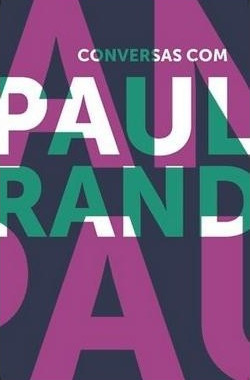What do you think?
Rate this book


As one of the most influential and inspirational graphic designers of the twentieth century, Paul Rand defined modern American graphic design. His iconic logo designs for IBM, UPS, and the ABC television network distilled the essences of modernity for his corporate patrons. His body of work included advertising, poster, magazine, and book designsall characterized by simplicity and a wit all his own. His ability to discuss design with insight and humor made him one of the most revered design educators of our time. This latest volume of the popular Conversations with Students series presents Rands last interview, recorded at Arizona State University one year before his death in 1996. Beginners and seasoned design professionals alike will be informed by Rands words and thoughts on varied topics ranging from design philosophy to design education.
128 pages, Paperback
First published January 3, 2007
It is important to use your hands, this is what distinguishes you from a cow or a computer operator. [44]